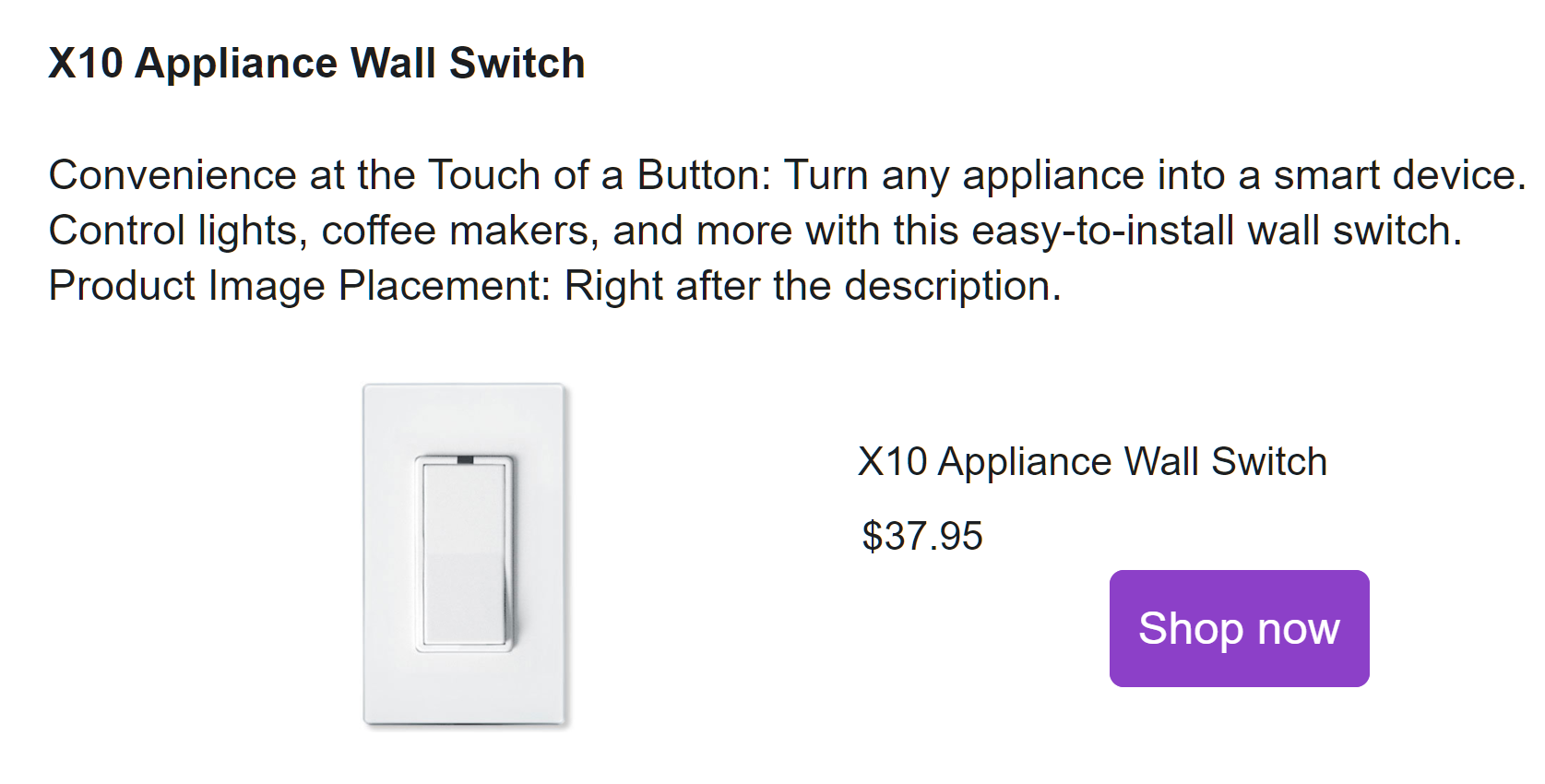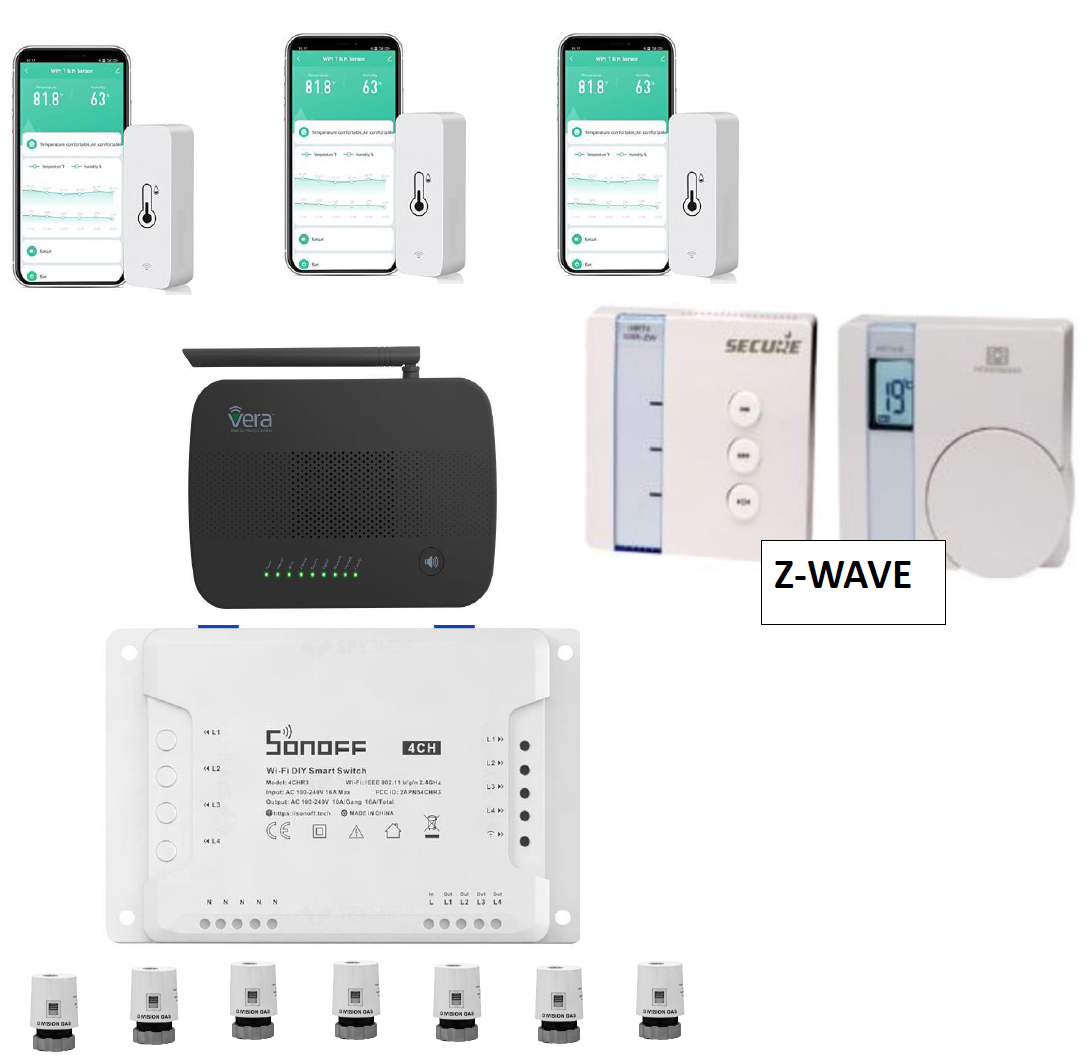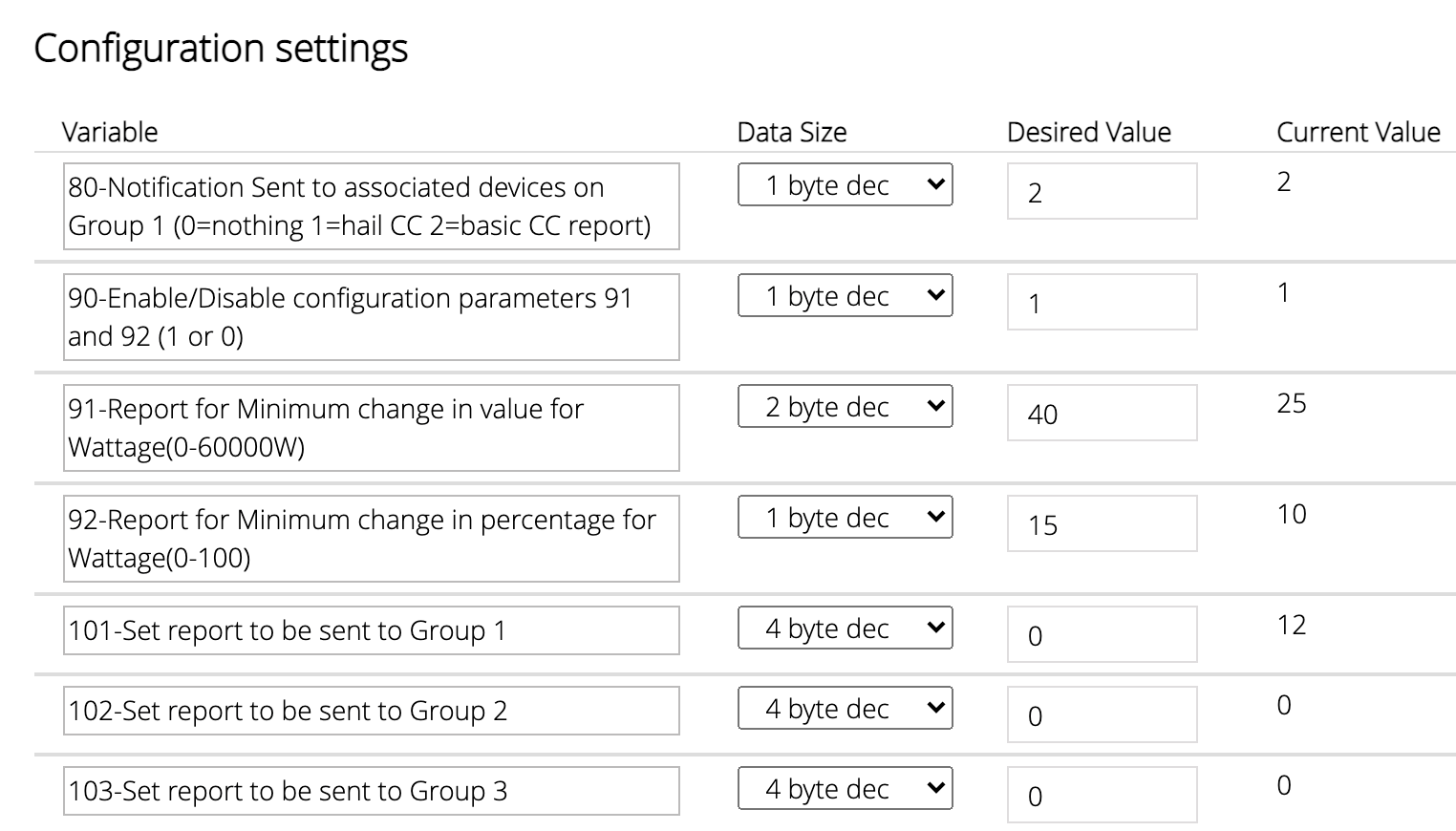Vera Alexa Plugin 7.32
-
Does it matter that I see you typed "uup" instead of "luup" at the beginning of your trial command?
-
If this helps you feel less alone, I get an "Sorry, I'm having trouble running the Simon Says command on your Echo" (or some such spoken error message) when I attempt:
luup.call_action("urn:bochicchio-com:serviceId:VeraAlexa1","Say", {Text='<voice name="Kendra"><lang xml:lang="en-US">Hello from Vera Alexa</lang></voice>', Volume=50, Repeat = 1}, 344)...lifted almost verbatim from DB's docs.
-
Can anybody help me modify this statement in such a way that the spoken volume is lowered to 10 (from the default of 50)?
luup.call_action("urn:bochicchio-com:serviceId:VeraAlexa1","RunCommand", {Command="-e speak:'Hello from Vera Alexa' -d 'Living Room' "}, 344)THANKS! The documentation I'm reading here and here leaves a lot to the imagination, I'm sorry to admit.
-
Can anybody help me modify this statement in such a way that the spoken volume is lowered to 10 (from the default of 50)?
luup.call_action("urn:bochicchio-com:serviceId:VeraAlexa1","RunCommand", {Command="-e speak:'Hello from Vera Alexa' -d 'Living Room' "}, 344)THANKS! The documentation I'm reading here and here leaves a lot to the imagination, I'm sorry to admit.
@librasun I am probably the least qualified person on this thread to answer this question but I will give it a try. Maybe confirm that your Living Room Alexa device isn't called Living Room Echo or something, cause that will be the name you'll have to use.
luup.call_action("urn:bochicchio-com:serviceId:VeraAlexa1", "Say", {Text="Hello from Vera Alexa", Volume=10, GroupZones="Living Room" }, 344) -
This still is hacky, because it's based on unsupported feature, but me and many others have it running since 3+ years. The point is to
- ensure you could get a cookie. If not, the best thing to do is to install on a pi or similar and use via oath tool and openluup
- use exact names for devices, because it's case sensitive
- avoid groups, unless you have announcements enabled
- avoid complex voices, unless you have announcements enabled
- try with debugmode set to 1 and looking at live logs
I'm always open to PRs for docs and a UI, if anyone wants to contribute. I've not invested so much into a proper UI because I still think it's not really necessary, but it doesn't mean that one of you could not step in and do it

-
If this helps you feel less alone, I get an "Sorry, I'm having trouble running the Simon Says command on your Echo" (or some such spoken error message) when I attempt:
luup.call_action("urn:bochicchio-com:serviceId:VeraAlexa1","Say", {Text='<voice name="Kendra"><lang xml:lang="en-US">Hello from Vera Alexa</lang></voice>', Volume=50, Repeat = 1}, 344)...lifted almost verbatim from DB's docs.
@librasun said in Vera Alexa Plugin 7.32:
If this helps you feel less alone, I get an "Sorry, I'm having trouble running the Simon Says command on your Echo" (or some such spoken error message) when I attempt:
luup.call_action("urn:bochicchio-com:serviceId:VeraAlexa1","Say", {Text='<voice name="Kendra"><lang xml:lang="en-US">Hello from Vera Alexa</lang></voice>', Volume=50, Repeat = 1}, 344)...lifted almost verbatim from DB's docs.
Does there not need to be an Echo device specified in there? Doesn't work for me either, yet.
C
-
@librasun said in Vera Alexa Plugin 7.32:
If this helps you feel less alone, I get an "Sorry, I'm having trouble running the Simon Says command on your Echo" (or some such spoken error message) when I attempt:
luup.call_action("urn:bochicchio-com:serviceId:VeraAlexa1","Say", {Text='<voice name="Kendra"><lang xml:lang="en-US">Hello from Vera Alexa</lang></voice>', Volume=50, Repeat = 1}, 344)...lifted almost verbatim from DB's docs.
Does there not need to be an Echo device specified in there? Doesn't work for me either, yet.
C
-
@therealdb said in Vera Alexa Plugin 7.32:
@catmanv2 you need announcements on. Do you have them enabled?
Aye. UseAnnouncements = 1 (And I get lovely synced announcements across the house)

C
-
@librasun I am probably the least qualified person on this thread to answer this question but I will give it a try. Maybe confirm that your Living Room Alexa device isn't called Living Room Echo or something, cause that will be the name you'll have to use.
luup.call_action("urn:bochicchio-com:serviceId:VeraAlexa1", "Say", {Text="Hello from Vera Alexa", Volume=10, GroupZones="Living Room" }, 344)@pabla said in Vera Alexa Plugin 7.32:
@librasun I am probably the least qualified person on this thread to answer this question but I will give it a try. Maybe confirm that your Living Room Alexa device isn't called Living Room Echo or something, cause that will be the name you'll have to use.
luup.call_action("urn:bochicchio-com:serviceId:VeraAlexa1", "Say", {Text="Hello from Vera Alexa", Volume=10, GroupZones="Living Room" }, 344)Funny, I've tried precisely that command before (and just tried again for the 10th time), and it always produces a spoken error response:
"Sorry, I'm having trouble using the Simon Says skill right now." (or something very similar)I am also getting the feeling that GroupZones are somehow different from -d (Device), but I have no GroupZones set up. Only a bunch of Echo devices with names like "Living Room", "Master Bedroom", "Hall Bathroom", etc.
Will continue reading docs and these replies to learn more.
THANKS FOR THE HELPING HAND! -
It's just odd to me that the "RunCommand" version (with "Speak") - works great for me! - works better than the purpose-built "Say" approach - produces seemingly unrelated verbal error I can't follow.
All I really need is for someone smarter than me to spell out clearly (like for a kindergartner) HOW the command strings are composed. Normally, I can work from examples, and DB's docs contain plenty, but none of them seem to fit my intentions (i.e. use MSR to run Lua on Vera to say something through a specific Echo at a specified volume, which seems so simple and straightforward).
Maybe as a group we should focus our attention, as DB suggests, on crafting a workable set of documentation so we're all clear.
-
BONUS If we play our cards right, and nail down all the options, we could beg @toggledbits to create a "Notify" template on MSR specifically for VeraAlexa.

-
I think @therealdb or someone should port that plugin's approach into an MSR
Notifier, which could then be used universally and without the Vera dependency. It's probably the easiest extension API in MSR: "I'm here, and here's the data I need from the UI" and "here's the data you asked for and the configuration file data, send a notification". One JavaScript class, two methods, and you're done.But for now, is there something missing from the default entity that you might need?
-
I think @therealdb or someone should port that plugin's approach into an MSR
Notifier, which could then be used universally and without the Vera dependency. It's probably the easiest extension API in MSR: "I'm here, and here's the data I need from the UI" and "here's the data you asked for and the configuration file data, send a notification". One JavaScript class, two methods, and you're done.But for now, is there something missing from the default entity that you might need?
@toggledbits OK for me. I don't think it's a lot of work to do, considering that you just need to execute a bash script with the right parmaters passed in

In fact, as I said, I'm running into my own system, and the vera is sending the request via UDP (and HTTP before) and it's working perfectly. But since a lot of people asked for it in the Vera OS, I tried to port it anyway and it's working, even if I didn't spend a lot of time into the Vera UI, because I'm not that proficient and because it was considered legacy 2 years ago...
Again, happy to make it user-friendly and MSR-integrated.
-
I don't even get an error. Might it be because I don't have the Simon Says skill?
Would be interested in understanding how to use some of the audio effects if anyone might have suitable syntax? Also anyone got a list of commands?
C
-
@pabla said in Vera Alexa Plugin 7.32:
@librasun I am probably the least qualified person on this thread to answer this question but I will give it a try. Maybe confirm that your Living Room Alexa device isn't called Living Room Echo or something, cause that will be the name you'll have to use.
luup.call_action("urn:bochicchio-com:serviceId:VeraAlexa1", "Say", {Text="Hello from Vera Alexa", Volume=10, GroupZones="Living Room" }, 344)Funny, I've tried precisely that command before (and just tried again for the 10th time), and it always produces a spoken error response:
"Sorry, I'm having trouble using the Simon Says skill right now." (or something very similar)I am also getting the feeling that GroupZones are somehow different from -d (Device), but I have no GroupZones set up. Only a bunch of Echo devices with names like "Living Room", "Master Bedroom", "Hall Bathroom", etc.
Will continue reading docs and these replies to learn more.
THANKS FOR THE HELPING HAND!@librasun said in Vera Alexa Plugin 7.32:
Funny, I've tried precisely that command before (and just tried again for the 10th time), and it always produces a spoken error response:
"Sorry, I'm having trouble using the Simon Says skill right now." (or something very similar)Well, say is just a shortcut for a generic command. It's strange say it's not working, since it's basically sending
-e speak:'%s' -d %q, where %s is the text, %q is the device.





